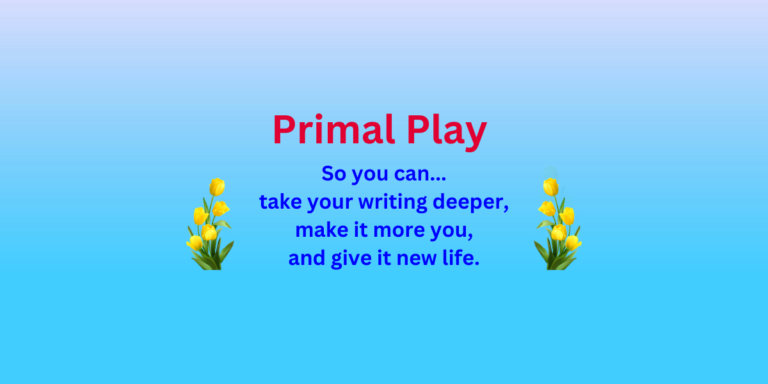1.2 A gift from our ancestors
If our ancestors had treated their kids like we treat our kids today…
Our species would have died out long ago.
Back in our hunter–gatherer days, which lasted for tens of thousands of years, we lived in small bands within relatively small tribes where the group was the authority and enforced a demanding discipline of cooperation that everyone had to learn as kids and then follow as adults.
This discipline was a matter of life and death. It kept us going through tough times in a difficult and dangerous world.
So it was a nurturing discipline, not a punishing discipline. And that meant it was something kids were eager to learn.
They wanted to be valued members of their community.
And…
They wanted to contribute to the welfare of their band and their tribe.
But they weren’t made to sit immobile in a classroom all day, bored to tears and forced to study things they didn’t want to learn.
Instead hunter–gatherer children played their way into full membership in their tribe…
They followed their own path to get to the result the tribe required of them.
Peter Gray, in his book Free to Learn, describes what life was like for these children. He says there’s agreement among anthropologists studying a wide range of hunter–gatherer communities about six key features…
1. Kids spent their days playing, and through their play, they managed their own self–development. They were self-directed not adult–directed.
2. From the age of four or so they spent much of their day playing in a group of children of different ages. And much of what they learned they learned from children older than themselves.
3. They learned how to settle disagreements and decide on activities through negotiating with each other. The ability to work through differences prepared them for the cooperative life of the community. And while there were conflicts for sure, there were no injurious fights. The kids got good at negotiation because they understood how much they needed each other.
4. Kids were motivated by desire not shoulds. They played with small bows and arrows. They practiced hunting by tracking down small animals and birds. They played at weaving baskets and doing food preparation. And they did these things because they enjoyed doing them.
5. They watched adults closely and learned from them through an iterative process. They’d see an adult doing something they wanted to learn and they’d try to do it themselves and fail. Then they’d try again and fail again. But over time they got better until they succeeded in mastering that skill. They engaged in action learning.
6. Adults were indulgent with the kids. Whenever children asked to learn something, the adults would go out of their way to help them learn.
So in those days, play was not just a part of childhood…
It was the very heart of childhood.
Of course kids often engaged in play that was just for fun, but…
Much of their play was serious business.
Because…
Play was essential to the survival of the tribe.
Which was essential to…
The survival of our species.
So what does all this have to do with integrating play into your writing? That’s up next…

